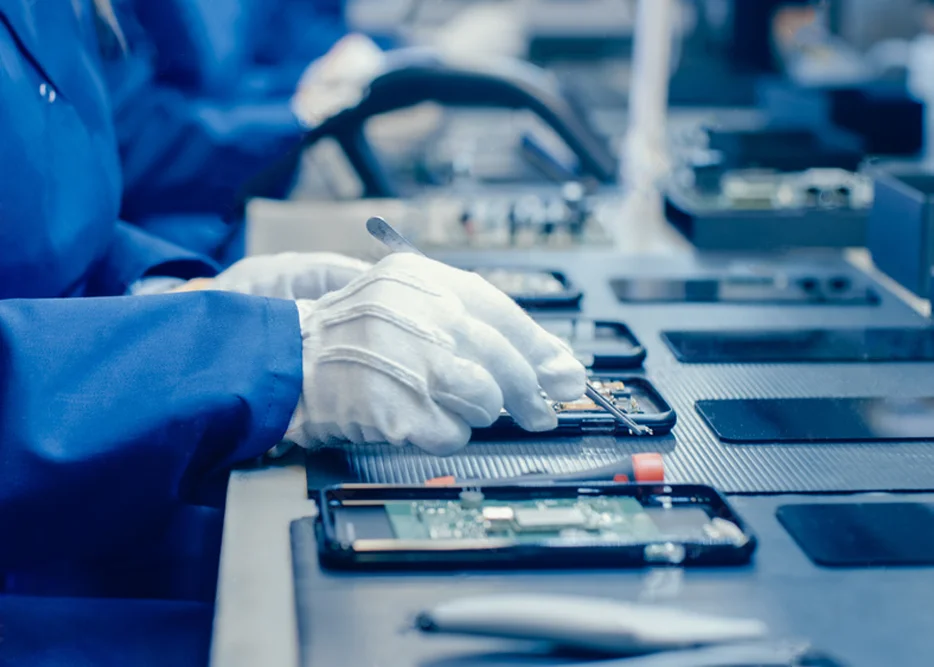
You’ll be the first to know when it’s updated
Design and Manufacturing Process of a Mobile Phone
Mobile phones are ubiquitous and have become integral parts of our lives. They serve multiple purposes, including communication, entertainment, and research. The design and manufacturing process of a mobile phone is an intricate and complex process that requires a multidisciplinary approach. In this article, we will look at the various stages involved in designing and manufacturing a mobile phone.
The first stage in designing and manufacturing a mobile phone is conceptualization and market research. During this stage, companies undertake extensive research to determine the latest market trends and consumer preferences. Companies develop prototypes of mobile phones and test them for their functionality, durability, and aesthetics. They scrutinize the design and draft the specifications to be included in the phone. During this stage, designers focus on the phone’s size, screen display, camera, processors, and software capabilities.
After drafting the specifications, the software development team begins developing and designing the software that will power the phone. The software developers create an operating system to run on the mobile phone, and a team of designers develops the user interface to determine how the phone’s touch screen responds to touches and swipes. The developers carry out programming and testing of the software to ensure it works optimally.
While software development is taking place, the hardware development team is also working to develop the physical components of the mobile phone. The hardware team designs and assembles the various components such as the motherboard, processors, camera, battery, and screens. They test each component separately to ensure it meets the stated specifications.
After the hardware and software development teams have separately produced their components, they now come together to integrate the different parts into a complete prototype. The integration process involves assembling the phone’s hardware and software into a single unit and testing the overall functionality of the device. The team performs tests such as catching network signals and testing the phone’s battery endurance.
Once the prototype has been tested and approved, the design team ensures that the components are properly designed for manufacturability. They simplify and standardize the manufacturing process to ensure that the assembly process is consistent and that the end products meet the company’s manufacturing requirements. They work to avoid delays, reduce costs, and increase manufacturing efficiency.
The next stage is engineering validation, where the team reviews the design and prototypes to ensure that it meets set requirements. They rigorously test the device to check for any defects that could harm the phone’s performance. The engineering team ensures that the phone undergoes mechanical, structural, and component testing.
After the design and engineering stages, the testing and certification process begins. Certification from organizations such as the Federal Communications Commission (FCC) ensures that the phone meets the necessary regulations and safety standards. They carry out tests to check the phone’s electromagnetic interference (EMI) and radiofrequency interference (RFI).
The manufacturing process is a complex one that involves several stages. The first stage is sourcing the components, which involves getting the components from global suppliers, primarily from China. Thereafter, the parts are checked for quality, and nonconforming parts are rejected. The next stage is assembly, which begins with screen installation, where glass is installed onto the plastic, and the touch sensor is connected. The next steps involve battery, camera and processor installation and the process of connecting to the motherboard. Electronics are then added, and the phone undergoes further testing.

After manufacturing, the phones undergo final testing to verify that they meet the required standards. The testing process involves checking the phone’s battery life, touch responsiveness, the phone’s capability to connect to Wi-Fi or mobile networks, and overall performance. If the phone does not meet the set quality requirements, it is rejected and sent back for corrective action.
After the phones pass the required tests, they are packaged in boxes and may have added accessories such as chargers and earphones. The packaged devices are then shipped to retailers, where they are marketed and sold to end-users. The purpose of packaging is to protect the phone from scratches, and damage, and to showcase the phone’s features.
Designing and manufacturing a mobile phone is an intricate process that involves multiple stages and requires precision and attention to detail. From initial conceptualization to final testing, each stage must be carefully managed and executed. The process involves multiple teams, from software and hardware developers to quality control specialists and engineers. All these teams work together to produce a high-quality phone that meets the user’s needs and provides a satisfactory experience. Companies that have a well-managed design and manufacturing process have a better chance of succeeding in an industry with constantly evolving technology.
Copyright © 2023 Shenzhen OBlue Communication Technology Co., Ltd. All rights reserved.
We will reply to your request for quotation within one working day after receiving this message.